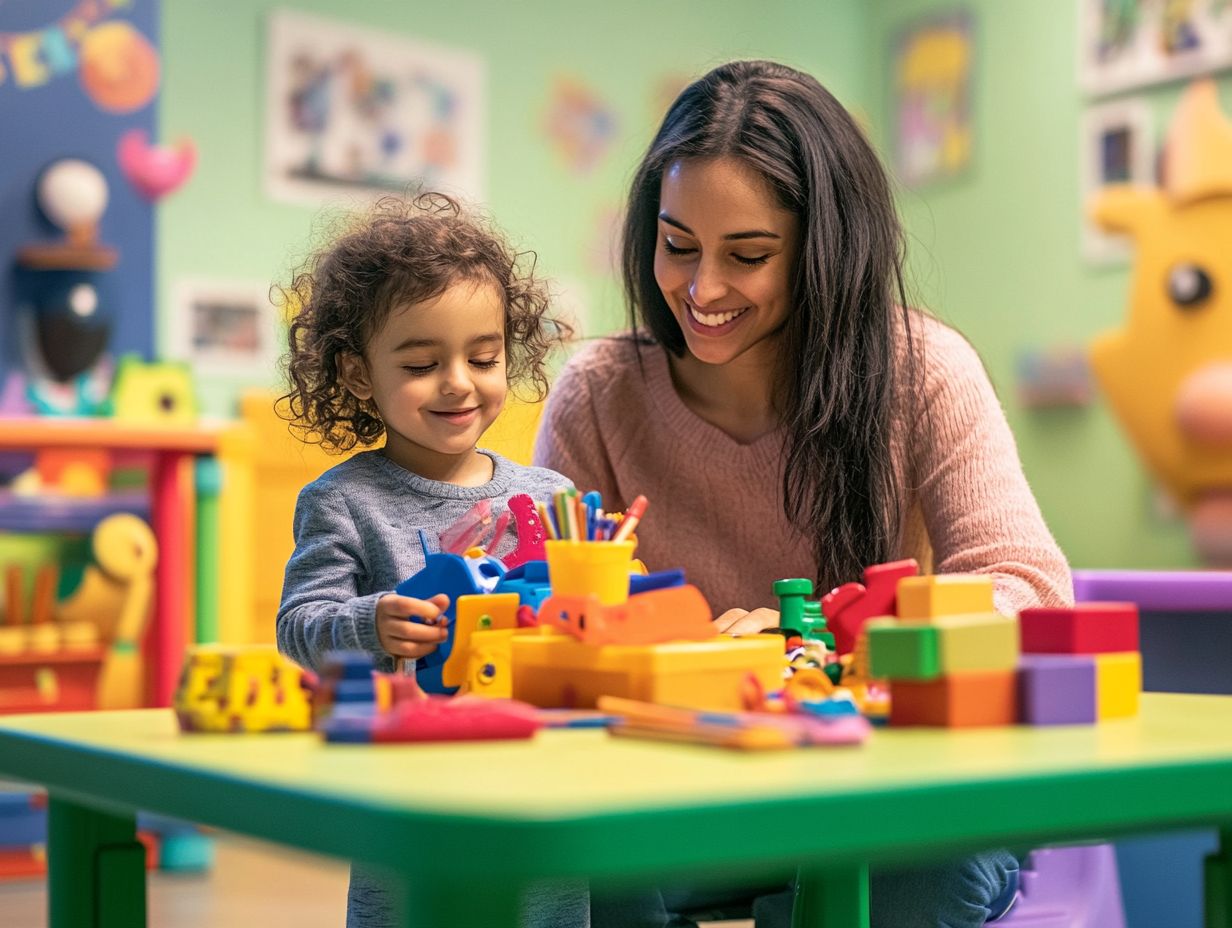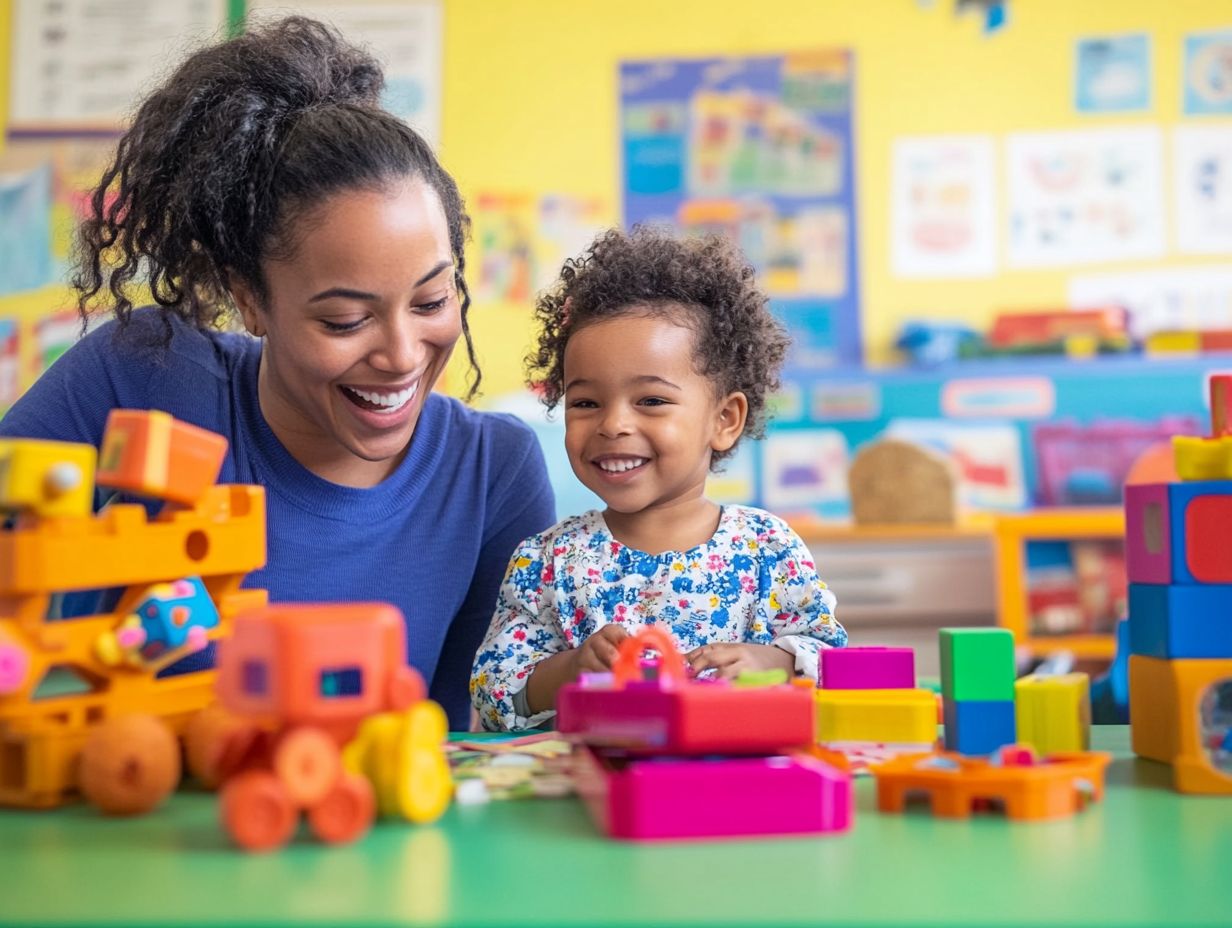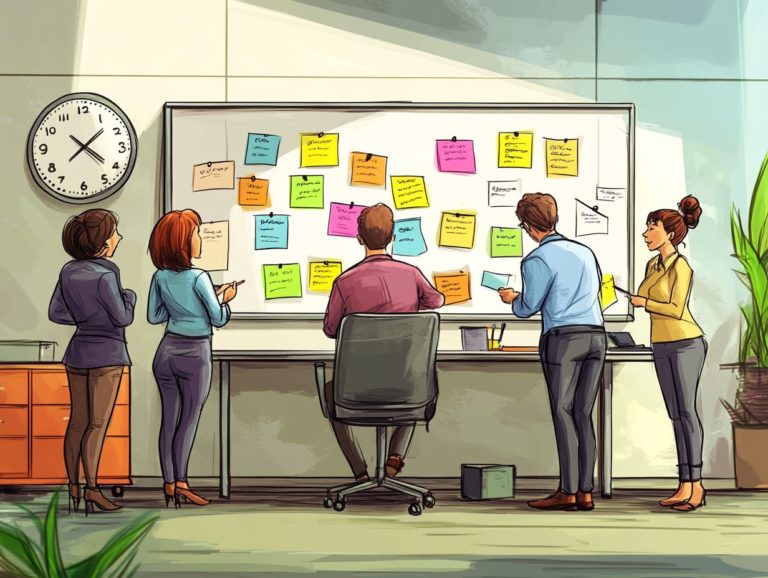How to Teach Prioritization Skills to Children
In today s fast-paced world, it s crucial to teach children how to prioritize tasks effectively. By helping them understand the difference between what s urgent and what s important, you equip them with decision-making skills that will benefit them into adulthood.
This article explores the importance of prioritization and provides practical activities and strategies for instilling these skills in your child. From navigating real-life scenarios to overcoming challenges, discover how you can support your child in mastering prioritization, paving the way for a balanced and fulfilling life.
Contents
- Key Takeaways:
- The Importance of Prioritization
- Basic Concepts of Prioritization
- Teaching Prioritization Skills
- Practicing Prioritization in Daily Life
- Supporting Children in Prioritization
- Dealing with Challenges and Setbacks
- Frequently Asked Questions
- What are prioritization skills and why are they important for children?
- How can I teach my child prioritization skills?
- What are some fun and engaging ways to teach prioritization skills to children?
- How can I help my child understand the concept of urgency when prioritizing tasks?
- What should I do if my child is struggling with prioritization skills?
- How can I praise and encourage my child when they successfully prioritize tasks?
Key Takeaways:

- Prioritization skills are vital for success in school and life. They boost time management and decision-making.
- Teaching kids to tell the difference between urgent and important tasks helps them know what to focus on first.
- Parents and educators can support children s prioritization skills by encouraging good habits and helping them deal with challenges. Use real-life scenarios to practice prioritization.
The Importance of Prioritization
Prioritization is an invaluable skill that can greatly enhance your efficiency in many areas of life. It serves as a key pillar for effective time management, task organization, and goal setting.
By honing your ability to identify important tasks, you enable yourself to make informed decisions that align with your goals, paving the way for better academic performance and personal growth.
Mastering prioritization not only aids educational success but also develops essential life skills critical for effective decision-making and overall organization.
Why Teach Prioritization to Children?
Teaching prioritization to children is essential! It equips them with leadership qualities and sharpens critical thinking skills, both necessary for effective time management.
By instilling these abilities early, you help young learners navigate complex tasks and responsibilities as they advance in their studies. When they understand what truly matters, they can use their resources wisely, fostering independence and confidence.
Incorporating prioritization into everyday activities like organizing schoolwork or planning group projects provides meaningful opportunities for practice. Use games and collaborative exercises to teach children about setting goals and deadlines, reinforcing their ability to manage time efficiently.
These practices also enhance their current studies and set the stage for future success, preparing them to tackle life’s challenges with resilience.
Basic Concepts of Prioritization
Understanding the foundational concepts of prioritization requires differentiating between urgent and important tasks a critical skill for mastering effective task management and time control.
By honing your ability to categorize tasks, you can adopt methods to work better and faster, leading to significantly improved time management outcomes.
Start practicing these skills with your child today! Every little bit helps build a brighter future.
Understanding the Difference Between Urgent and Important
The distinction between urgent and important tasks lies in their immediate impact versus long-term significance. This factor plays a pivotal role in mastering task management and honing your time awareness.
Grasping this difference is essential for prioritizing your daily responsibilities. For example, a project with an impending deadline may create a sense of urgency, but if it doesn t align with your strategic goals, its importance diminishes rapidly.
On the flip side, tasks such as planning quarterly objectives may not scream urgency, yet they carry substantial weight for future outcomes. By categorizing your tasks based on these criteria, you can allocate your time and resources more effectively.
Utilizing the Eisenhower Matrix a tool that divides tasks into four quadrants can help you discern where to focus your efforts. This approach ensures that important, albeit non-urgent tasks receive the attention they deserve while you manage urgent matters with efficiency and poise.
Teaching Prioritization Skills

Teaching prioritization skills to children calls for innovative strategies and engaging educational activities. By effectively incorporating visual aids and planning techniques, you can foster strong organizational skills that will serve them well throughout their lives.
Activities and Strategies for Children
Incorporating interactive learning and tailored activity suggestions can significantly enhance your child’s focus skills and planning and organization skills. This ensures they grasp prioritization concepts with ease.
Engaging them in hands-on projects like sorting games or timed challenges encourages young learners to think critically about which tasks deserve their attention first. For instance, a fun scavenger hunt where kids sort items by color or size can help them practice decision-making and prioritization skills in an enjoyable way.
Using digital tools, such as educational apps that require completion of tasks in a specific order, can further reinforce these vital concepts. Collaborative group activities help children learn to prioritize effectively while cultivating essential focus and attention skills.
Practicing Prioritization in Daily Life
Mastering prioritization in your daily life can change the way you tackle tasks! It can greatly enhance your homework management and foster productive habits, leading to continuous improvement in both your personal and academic pursuits.
Real Life Scenarios and Decision Making
Real-life scenarios offer an exceptional platform for honing your decision-making skills and monitoring your goals. They underscore the significance of organizing your life and identifying critical tasks with precision.
Imagine a busy professional, much like yourself, juggling a demanding work schedule alongside personal commitments such as family and health. In these situations, mastering the art of prioritization can transform your days into a tapestry of productivity and balance.
For example, by evaluating urgent projects and deadlines at work, you can wisely allocate your time and carve out precious moments for family dinners or a refreshing workout.
Employing tools like planners or digital apps to track your goals ensures that nothing slips through the cracks. By integrating these strategies into your routine, you maintain a laser focus on what truly matters, which cultivates a sense of accomplishment and alleviates stress.
Supporting Children in Prioritization
Supporting children in developing prioritization skills requires implementing effective strategies and reinforcement techniques that foster engagement. By encouraging these activities, you pave the way for them to adopt successful prioritization methods that will serve them well in their future endeavors.
Encouraging and Reinforcing Good Habits

Encouraging and reinforcing good habits through rewarding good behavior is essential for you to establish clear learning goals and implement efficiency techniques in children’s lives.
This approach creates a supportive space where young learners feel motivated and supported as they navigate their educational journeys. Create a structured atmosphere by setting clear, achievable objectives alongside your children.
For instance, rewarding them with verbal praise or small incentives when they complete their homework on time will not only boost their confidence but also instill a sense of responsibility.
By consistently celebrating these milestones, your children are more likely to develop a proactive attitude toward learning and habit formation, paving the way for long-term success and more effective management of their time and resources.
Dealing with Challenges and Setbacks
Life is full of challenges. Teaching children how to manage stress helps them tackle these obstacles and fosters continuous improvement in their skills.
How to Handle Stress and Re-prioritize
Effectively managing stress enables children to re-prioritize their tasks with ease, sharpening their focus and ultimately boosting their task completion rates.
By integrating techniques like mindfulness exercises, deep breathing, and visual schedules, young learners gain a clearer grasp of their priorities. These approaches help them maintain composure under the weight of schoolwork while cultivating superior organizational skills.
Encouraging regular breaks during study sessions can stave off burnout, transforming the academic journey into a more enjoyable experience. Involving children in the process of setting realistic goals fosters a sense of accomplishment, enhancing their motivation and focus.
By adopting these stress management strategies, they can truly unlock their potential and thrive.
Frequently Asked Questions
What are prioritization skills and why are they important for children?
Prioritization skills refer to the ability to determine which tasks or activities are most important and should be completed first. These skills are important for children because they help them manage their time and responsibilities more effectively.
How can I teach my child prioritization skills?

One way to teach prioritization skills to children is by setting a good example. Show them how you make a list of tasks and decide which ones to do first. Involve them in everyday decision-making and refer to learning to prioritize as you ask them to help you prioritize tasks.
What are some fun and engaging ways to teach prioritization skills to children?
You can make a game out of prioritization by giving your child a list of tasks and asking them to rank them in order of importance. Consider creating a rewards system for completing tasks in a timely and prioritized manner.
How can I help my child understand the concept of urgency when prioritizing tasks?
Help your child understand urgency by using visual aids like a color-coded system. For example, use red for urgent tasks, yellow for important but not urgent tasks, and green for non-urgent tasks.
What should I do if my child is struggling with prioritization skills?
If your child is struggling with prioritization skills, try breaking down tasks into smaller, manageable chunks. You can provide them with a daily schedule or planner to help them stay organized and on track.
How can I praise and encourage my child when they successfully prioritize tasks?
When your child successfully prioritizes tasks, acknowledge and praise their efforts. Remind them of the benefits of good prioritization skills, such as less stress and more free time for fun activities.
Start implementing these strategies today to help your child excel in their learning journey!






